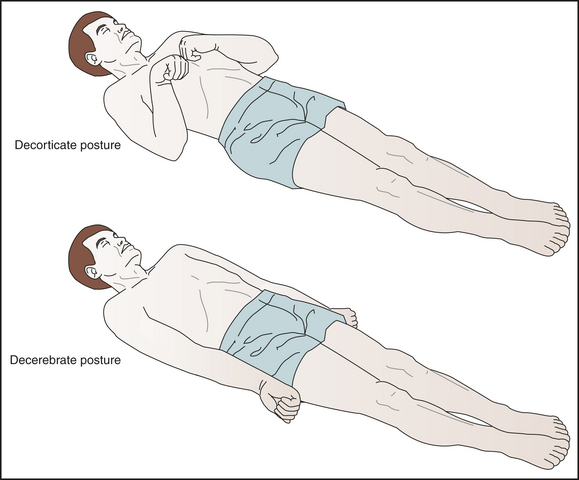41 CASE 41
PATHOPHYSIOLOGY OF KEY SYMPTOMS
Decerebrate posture indicates damage to the brain stem and results from the removal of all inhibitory descending inputs onto the spinal cord alpha-motor neurons (Fig. 41-1).
< div class='tao-gold-member'>
Only gold members can continue reading. Log In or Register to continue
Stay updated, free articles. Join our Telegram channel

Full access? Get Clinical Tree



